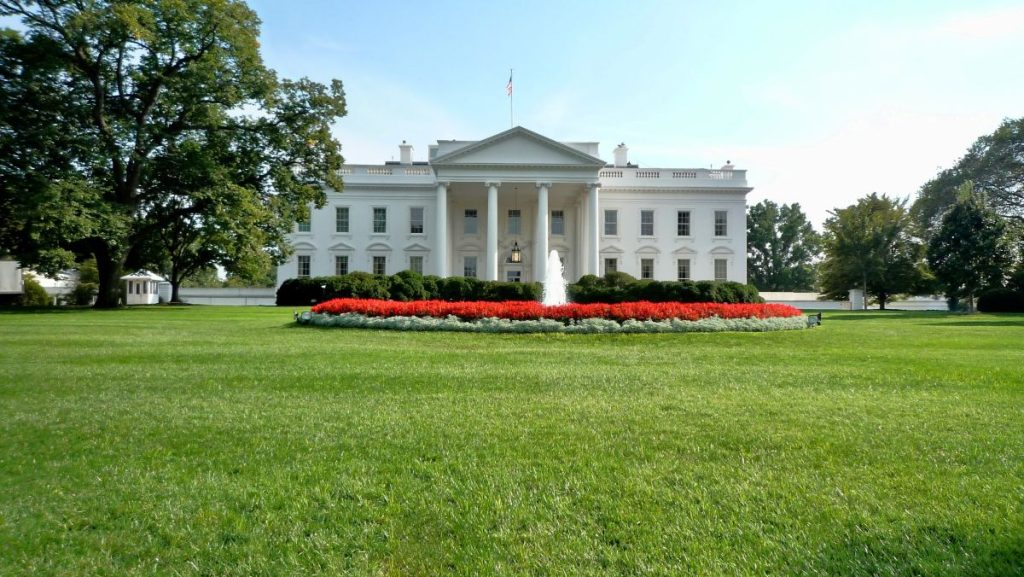Uncertainty Surrounding Trump’s Tariff Plans is Reshaping Global Supply Chains
The latest round of proposed tariffs from the Trump administration has left businesses in a state of flux. With no clear timeline for implementation and no certainty about which tariffs will actually take effect, companies are scrambling to prepare for multiple scenarios. Instead of waiting for clarity, manufacturers, suppliers, and retailers are already adjusting strategies—holding off on capital expenditures, shifting production, and mapping out alternative sourcing options.
To understand how these policy shifts might unfold, industry experts are looking to the past. The last time Trump introduced sweeping tariffs, the response was immediate: businesses diverted production from China to countries like Vietnam, Indonesia, Thailand, and parts of South and Central America. Now, as tariffs expand to include key trading partners like Mexico and Canada, the race to reposition supply chains is intensifying.
Will Tariffs Achieve Their Intended Goals?
Despite the push to make the U.S. more self-sufficient, manufacturing has not meaningfully returned to American shores. Supply chain leaders remain skeptical about whether tariffs alone can drive significant reshoring. A more comprehensive approach—including tax incentives, R&D investments, and infrastructure support—would be needed to make domestic manufacturing viable on a large scale.
Even when tariffs successfully reduce reliance on certain countries, unintended consequences ripple through the supply chain. When steel and aluminum tariffs were imposed in 2018, U.S. producers took advantage of reduced competition by raising prices, negating the intended cost benefits. Downstream industries dependent on these materials suffered as a result, ultimately passing increased costs onto consumers. This same pattern is likely to emerge with the latest round of tariffs, affecting everything from automotive parts to consumer goods.
The New Reality for Importers
For businesses that rely on global supply chains, every decision carries financial risk. Some are accelerating orders to beat tariff deadlines, leading to short-term surges in shipping demand. Others are taking a wait-and-see approach, wary of making costly moves that could backfire if policies shift again.
Uncertainty is pushing businesses toward more collaborative supply chain strategies. Companies that once operated independently are now sharing data, collaborating with suppliers, and exploring digital tools to gain better visibility into their extended supply chains. This shift has already given rise to industry-wide initiatives, such as Catena-X, where competitors work together to standardize supply chain data and improve resilience.
Preparing for an Uncertain Trade Environment
With shifting trade policies, the best supply chain strategies focus on agility rather than certainty. Companies should invest in predictive analytics to anticipate shifts in costs and demand. AI-driven supply chain modeling is becoming a critical tool, allowing businesses to simulate tariff scenarios and proactively adjust procurement strategies.
Manufacturers are also adopting a “whereshoring” approach—diversifying production across multiple countries to reduce reliance on any single region. However, even this strategy presents challenges, as it remains unclear which countries will remain favorable trading partners in the long term. Businesses must weigh geopolitical risks alongside cost structures, regulatory stability, and access to skilled labor when deciding where to produce goods.
The Long Game for U.S. Trade Policy
Trump’s approach to trade is as much about negotiation as it is about policy. He frequently announces aggressive measures, only to scale them back in exchange for favorable trade deals. This unpredictability makes it difficult for businesses to plan with confidence, yet it is precisely the strategy that keeps trading partners off balance.
Ultimately, businesses must prepare for a world where supply chain uncertainty is the norm rather than the exception. Those that build flexibility into their sourcing, production, and logistics strategies will be better positioned to navigate the next wave of policy shifts—whatever they may be.




